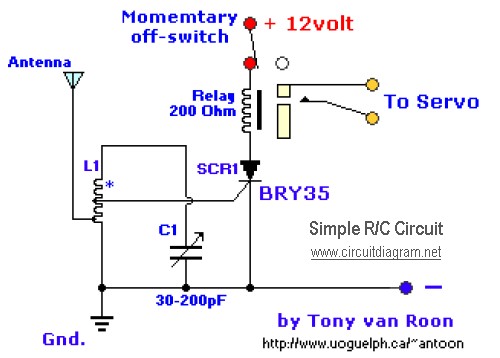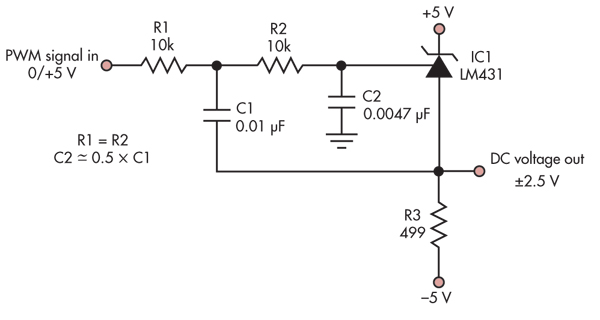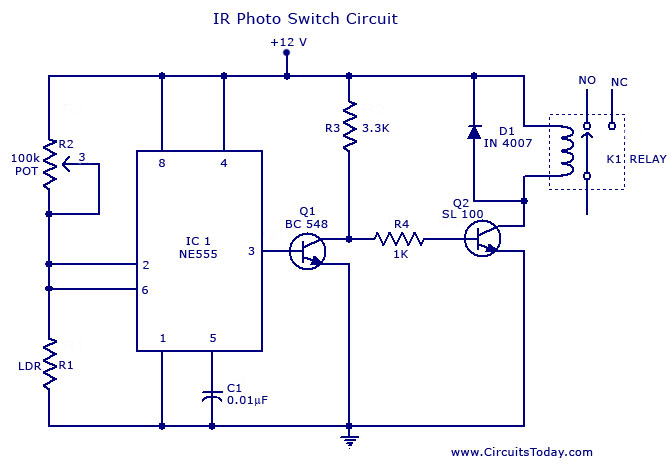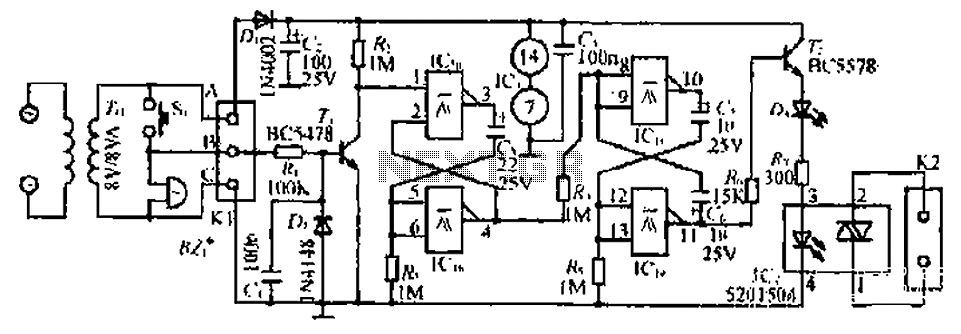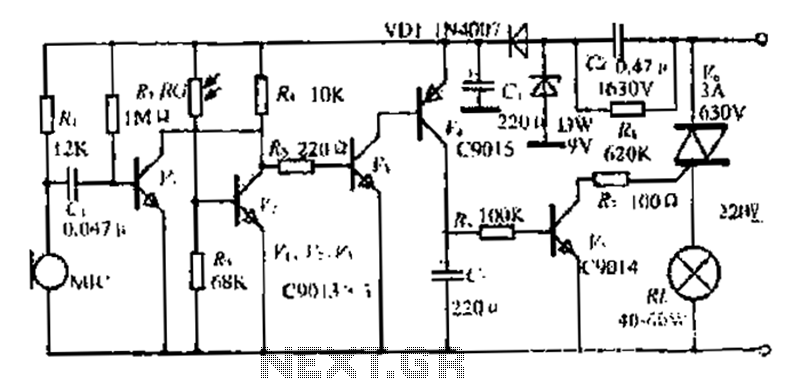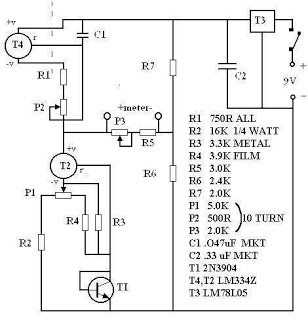
Digital Automatic Level Control (Alc) Circuit
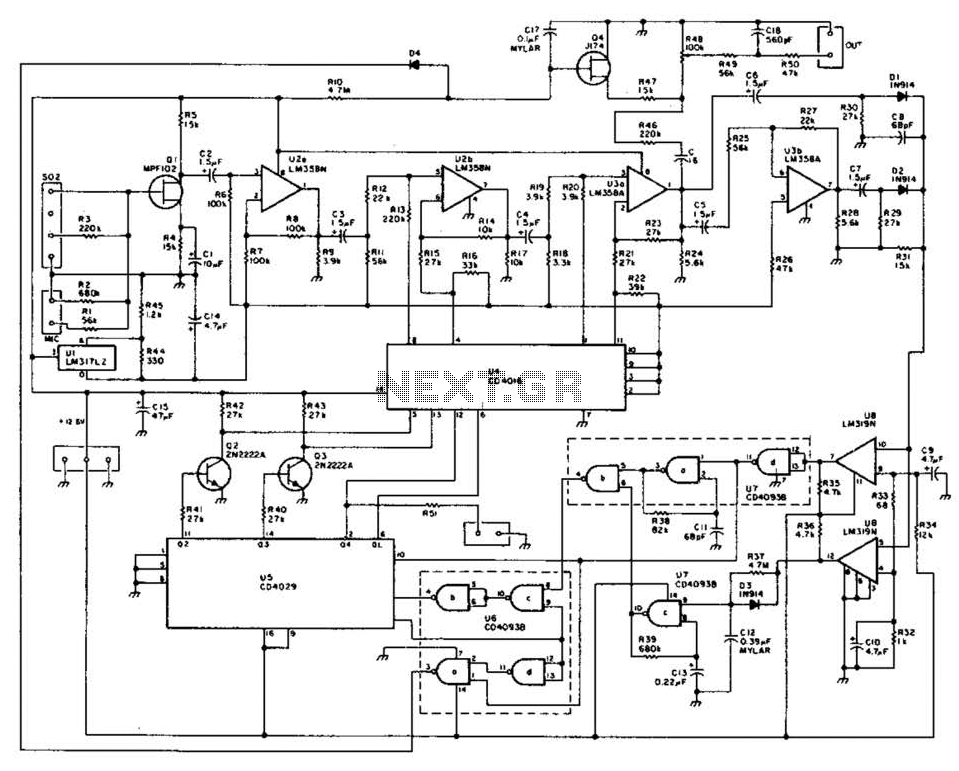
This method of automatic level control (ALC) utilizes digitally switched audio attenuators within the signal path. The output level of the system is monitored, compared to a reference level, and audio pads are introduced through analog switches. This technique is almost instantaneous and avoids the compromises associated with traditional RC network ALC systems that rely on fast attack and slow decay methods.
The automatic level control (ALC) system described employs a sophisticated mechanism to maintain consistent audio output levels by integrating digitally controlled audio attenuators. These attenuators are strategically placed in the signal path to modulate the audio signal based on real-time feedback. The system continuously monitors the output level, comparing it against a predetermined reference level to ensure optimal performance.
When the output level deviates from the set reference, the system activates analog switches to insert audio pads, effectively reducing the signal amplitude. This process is executed with remarkable speed, allowing for near-instantaneous adjustments that enhance audio fidelity without introducing latency or distortion. The design circumvents the limitations of traditional ALC systems, which typically rely on passive RC networks that can introduce delays due to their inherent attack and decay characteristics.
In practical applications, this ALC approach is particularly beneficial in environments where audio levels fluctuate rapidly, such as live sound reinforcement or broadcasting. The ability to respond quickly and accurately to changes in audio levels ensures a more stable listening experience, minimizing the risk of audio clipping or distortion. Furthermore, the digital control aspect allows for precise calibration and adaptability, making it suitable for a wide range of audio applications.
Overall, this ALC system represents a significant advancement in audio processing technology, offering enhanced performance and reliability through the integration of digital control and analog switching techniques. This approach to automatic level control (ALC) makes use of digitally switched audio attenuators in the signal path. The output level of the system is sensed, compared to a reference, and audio pads are inserted via analog switches.
This method is nearly instantaneous and eliminates the compromises necessary in conventional RC network ALC systems using fast attack, slow-decay approaches.
The automatic level control (ALC) system described employs a sophisticated mechanism to maintain consistent audio output levels by integrating digitally controlled audio attenuators. These attenuators are strategically placed in the signal path to modulate the audio signal based on real-time feedback. The system continuously monitors the output level, comparing it against a predetermined reference level to ensure optimal performance.
When the output level deviates from the set reference, the system activates analog switches to insert audio pads, effectively reducing the signal amplitude. This process is executed with remarkable speed, allowing for near-instantaneous adjustments that enhance audio fidelity without introducing latency or distortion. The design circumvents the limitations of traditional ALC systems, which typically rely on passive RC networks that can introduce delays due to their inherent attack and decay characteristics.
In practical applications, this ALC approach is particularly beneficial in environments where audio levels fluctuate rapidly, such as live sound reinforcement or broadcasting. The ability to respond quickly and accurately to changes in audio levels ensures a more stable listening experience, minimizing the risk of audio clipping or distortion. Furthermore, the digital control aspect allows for precise calibration and adaptability, making it suitable for a wide range of audio applications.
Overall, this ALC system represents a significant advancement in audio processing technology, offering enhanced performance and reliability through the integration of digital control and analog switching techniques. This approach to automatic level control (ALC) makes use of digitally switched audio attenuators in the signal path. The output level of the system is sensed, compared to a reference, and audio pads are inserted via analog switches.
This method is nearly instantaneous and eliminates the compromises necessary in conventional RC network ALC systems using fast attack, slow-decay approaches.
